OPINION PIECE:
IS THIS THE FUTURE OF BEAUTY?
If there’s one woman who knows beauty, it’s Eugenie Kelly.
The Bazaar alumni has spent the better part of 20 years in magazine publishing and has held the position of Deputy Editor/Beauty & Features Director at Harper’s Bazaar Australia for over a decade; citing Tom Ford (“The man is a genius. A true perfectionist.”), Victoria Beckham (“She is as funny as everyone says!”) and Leonardo DiCaprio (“He’s portrayed by the media as the ultimate playboy, but his knowledge of environmental issues and passion for instigating change is truly awe inspiring.”) as some of her favourite interview subjects. Aside from travelling the globe and laying her body (literally) on the line, Kelly has dedicated her entire career to all things aesthetic.
Ahead of Harper’s Bazaar’s 20th Anniversary, we asked Kelly to reflect on where the beauty industry is heading in this opinion piece exclusive to Gritty Pretty…
[responsive imageid=’25906′ size1=’0′ size2=’641′ size3=’1024′]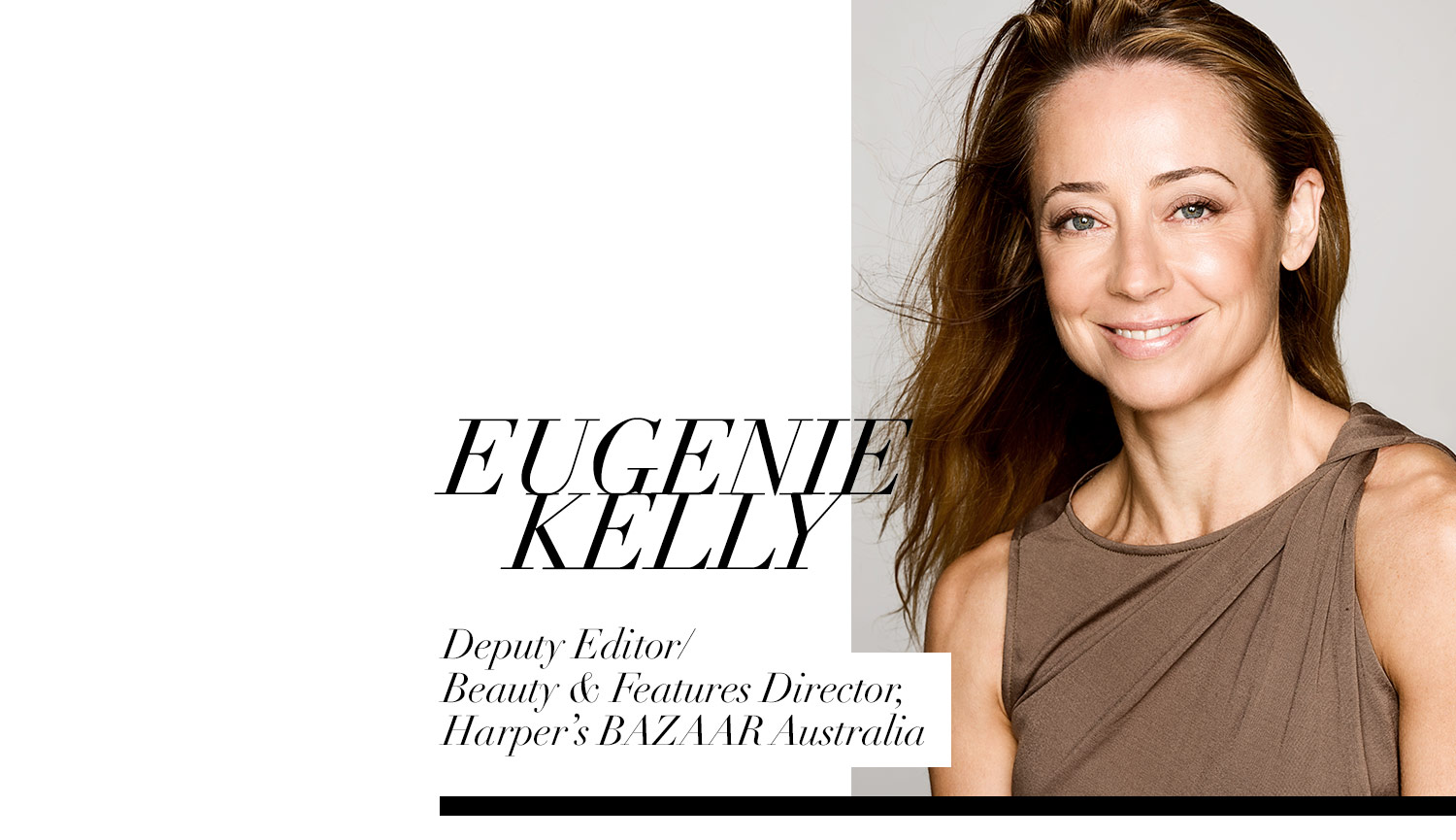 [/responsive]
[/responsive]
After years of rigidity, the beauty industry has undergone a massive shift over the past 24 months. So what’s driving these changes? Number one is technology. And number two: we’re inching closer to living in an ageless society. At risk of stereotyping all the different generations here, millennials (that’s you if you were born between 1980 – 1995) have proven to be a different beast to Gen X and baby boomers … That means they have a different list of demands, along with a different approach to self-expression. The barriers to launching a beauty brand have also been lowered thanks to the digital age, so now the major established cosmetic houses are facing serious competition from the indies. The big guns – the Lauder’s, the Chanel’s, the Dior’s still wield huge influence, but are they in charge? That’s still playing out, but one thing is for certain: the beauty consumer has never been more passionate. And she’s got a lot to be excited about. Here are the key changes we’re seeing in the beauty-scape.
The worlds of beauty, health and wellness are converging
Beauty is now being equated with health and wellness. There’s now greater awareness of how what goes into the body affects the outside. Visit your local boutique fitness studio and chances are you can stock up on protein powders, supplements, your favourite natural skincare range and a new active wear wardrobe.
In the cosmetics world, what’s really booming is the ‘basics’ categories. These are what women earmark as their ‘essentials’ – think high-SPF products, cleansers and masks. And forget worrying about wrinkles – we’re now stressing more about the potential damage that pollution and the environment inflicts on our skin. Women are craving authenticity, so even though injectables and lasers are more popular than ever, she knows that investing in the basics makes good sense.
But what women really want is acceleration. Hence we’re now seeing more makeup products that are focused on people’s desire to “look” healthier quicker. The no-makeup makeup trend refuses to die and continues to be one of the prevalent looks on runways. Plus new technology is now allowing makeup artists and customers to achieve amazing skin effects better than ever before.
Ingestibles are everything
Beauty used to be one-dimensional: it was about what you put ON your skin. But now everyone firmly gets that what you eat affects how you look. We’re talking more than a boom in vitamins. People now see ingestibles as an extension of their skincare. Exhibit A: the latest collagen craze. If you’re really serious about your skincare, you’ll be investing in one of the latest collagen powders and tonics. According to Business of Fashion, of those who take supplements specifically for beauty benefits, 26 per cent are between the ages 18 and 34. (Note here, we deliberated avoided using the M word, but if you were born post-1980, it’s your generation that’s driving the trend.)
So why are ingestibles continuing to grow at lightning speed? Probably because they’re actually having an effect. When people take them they’re seeing a difference in their skin, hair, sleep quality and Thor-like energy levels in a 5am F45 session. But with ingestibles, it’s very much the luxury end of the beauty market that’s booming. Bear Journal vitamins start at $90 at Mecca Cosmetica; WelleCo powders start at $100; and The Beauty Chef elixirs are $40+. Even beauty emporium Sephora has opened a dedicated section in their stores devoted to all things health and wellness.
That’s skintertainment!
Sheet masks, snail slime … those ingredients we once considered super exotic are now soooo 2015 and just don’t cut it anymore in terms of “ooh” factor. The makeup category has exploded growth over the past two years, and now skincare companies are realising they need to drag those makeup-obsessed millennials back into the skincare aisle. It’s all about surprising and delighting on Instagram remember (apologies for all these millennial clichés coming thick and fast today), so expect to see novelty AND efficacy next time you’re shopping for a new cleanser. We’re talking novel ingredients, fun packaging and unusual application methods. Bubble masks that make you look like the Stay Puft Marshmallow Man; face masks that bedazzle you in gold; goopy jelly-textured cleansers and eye creams good enough to eat …
The “skintertainment’ factor was a word coined by Christine Chang, the powerhouse behind the US-based site Glow Recipe, who has been instrumental in introducing many of South Korea’s successful indie beauty brands to the rest of the world – because Seoul’s where all the innovation is coming from … It’s a super-saturated market, so to survive here you need to be as nimble as a ninja. Five years ago, there were about 1200 beauty brands in South Korea. Today there are more than 10,000.
Masks may be what are drawing the makeup-mad millennials to the skincare counter. But cleansing and toning has also become just as innovation-driven. Now it’s all about sensorial pleasure and crazy, never-seen-before textures. Apply a balm; rub it, it becomes an oil; add water and it turns into a foam cleanser. The visual appeal of skincare is also now more important than ever before, especially for emerging brands trying to market themselves in this digital age.
[responsive imageid=’25903′ size1=’0′ size2=’641′ size3=’1024′]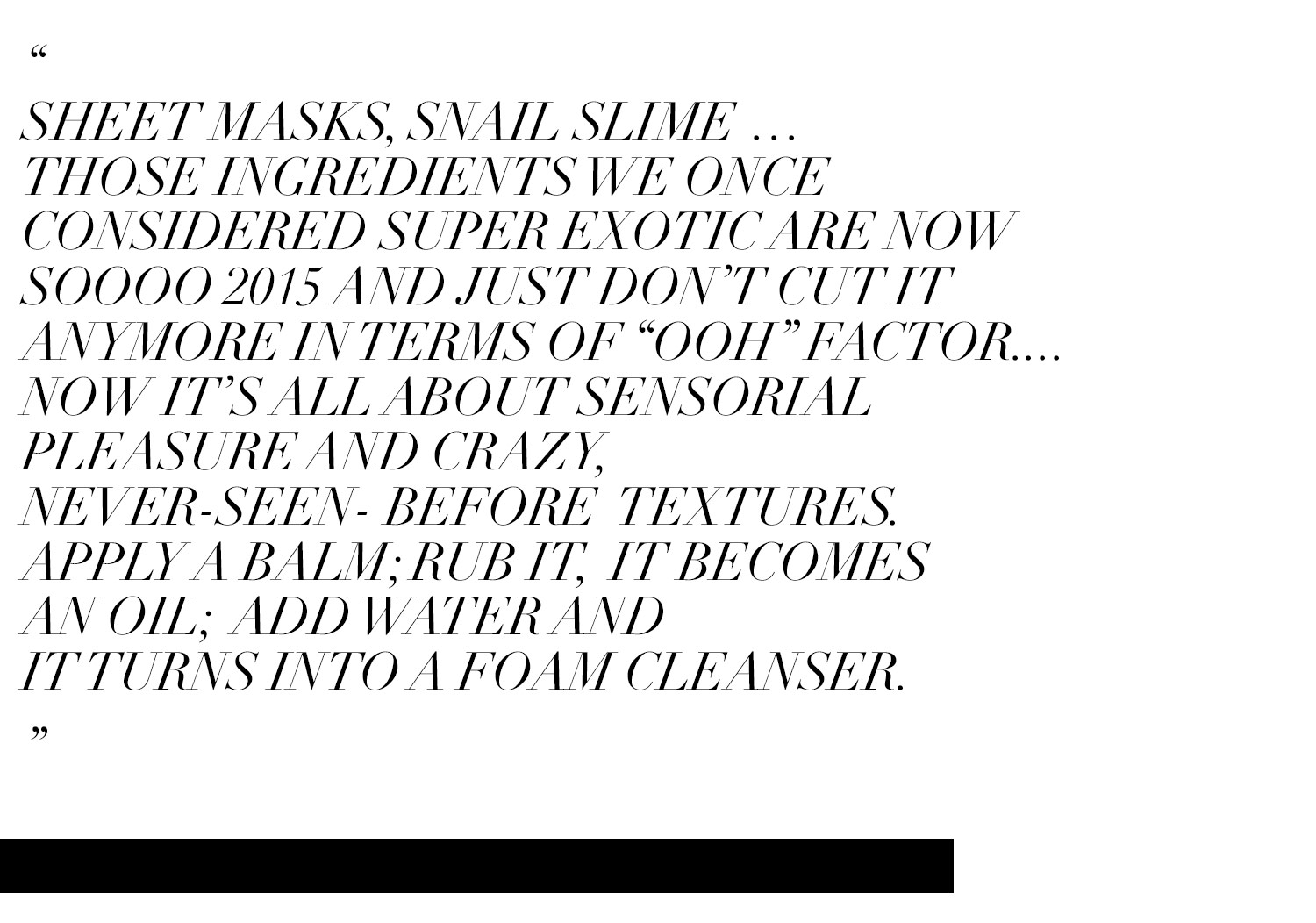 [/responsive]
[/responsive]
No one says anti-ageing anymore ….
Just as companies such as Weight Watchers and Jenny Craig no longer talk about dieting (it’s about health and ‘clean eating’ now — not size — didn’t you know?), the beauty industry and beauty media are making a pledge to no longer talk about “anti-ageing”. In the September 2017 issue of Allure, editor-in-chief Michelle Lee devoted her editor’s letter to the cause, announcing the magazine would stop using the term ‘anti-ageing’ and treating age as something that needs “curing”. She writes: “Whether we know it or not, we’re subtly reinforcing the message that ageing is a condition we need to battle — think anti-anxiety meds, antivirus software or antifungal spray.”
Futurists and trend predictors are now also telling us we’re becoming a flat-age society – that the number of candles on our birthday cake is essentially becoming irrelevant – and that’s it our attitudes and outlooks that define us. That’s probably why we’re seeing Lauren Hutton as the face of Calvin Klein lingerie in her seventy-third year and Donatella Versace sending out four supermodels (all in their late 40s) to close her recent Milan Fashion Week show. Companies have slowly realised age is no longer the enemy to women. After all, who wants to look like a teenager? We just want healthy skin – a complexion that looks its best possible.
(Pssst. This new way of thinking is honourable – and we don’t want to sound cynical here – but maybe beauty companies are also avoiding the word anti-ageing, due to millennials’ mistrust of anything that claims it will turn back the clock. For them it’s a slogan that no longer has sway. Besides, that’s what photo-editing apps on your phone are for.)
[responsive imageid=’25904′ size1=’0′ size2=’641′ size3=’1024′] [/responsive]
[/responsive]
Beauty brands build themselves differently today
Remember the days when we used to say the customer was always right? That still applies — but today she’s also involved. If you’re building a beauty brand in the digital space today, guess what? We get a say in your product development! Packaging, the name, choice of shades … paying attention to women’s feedback (communicated via social media, of course) is crucial. Glossier, BareChic Skin, Go-To Skincare, Pat McGrath Labs …they’re all little indie brands amassing a devoted customer base — and they’re all sold and marketed online. The consumer no longer waits to be told by the beauty brand what she needs. She is part of the conversation, and these beauty brands take her feedback SERIOUSLY.
[responsive imageid=’25905′ size1=’0′ size2=’641′ size3=’1024′]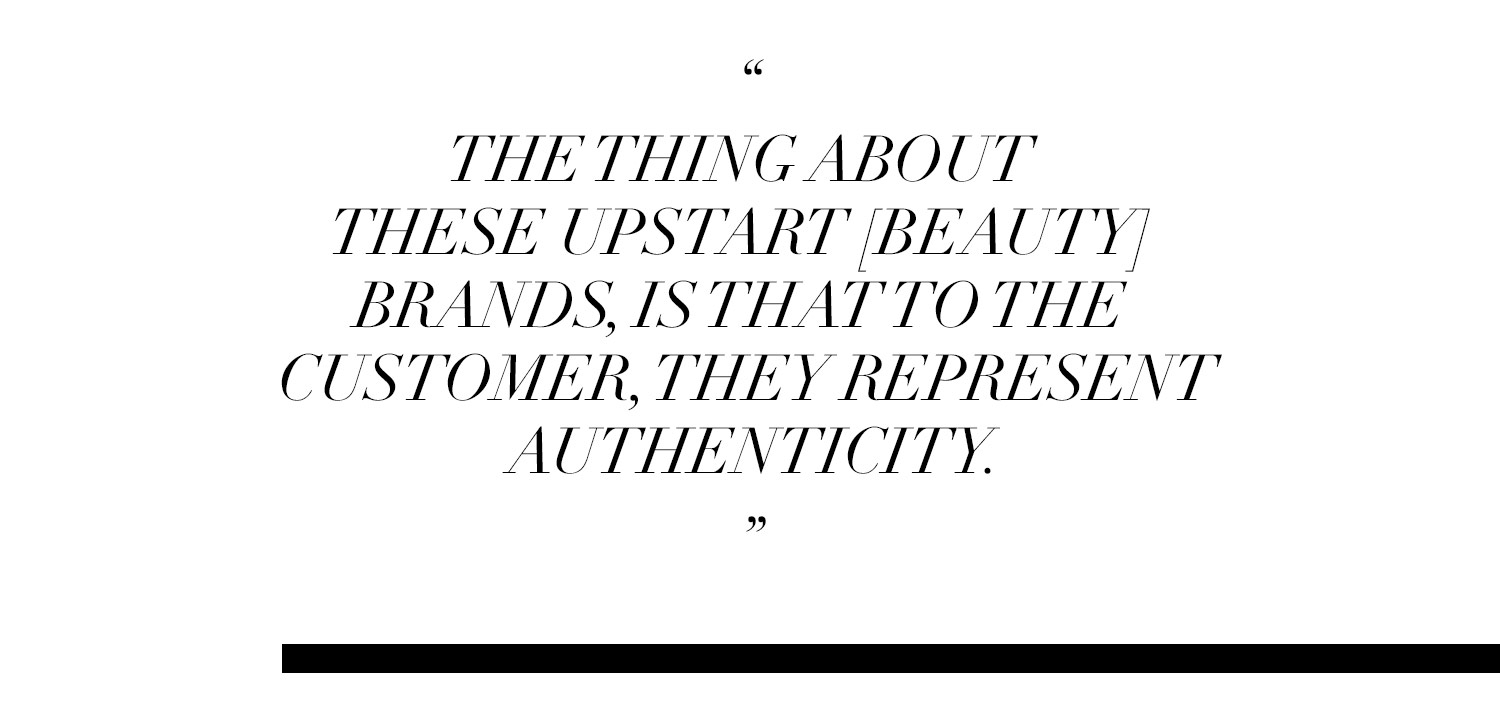 [/responsive]
[/responsive]
The thing about these upstart brands, is that to the customer, they represent authenticity. And if you’re an Australian brand, even better news …. Apparently the international audience has a growing hunger for what they perceive to be natural products that feature local ingredients that are produced in a pristine environment. Frank Body Scrub; Sand & Sky’s Brilliant Skin Purifying (Pink) Clay Mask; the Beauty Chef Glow Inner Beauty Powder; Grown Alchemist’s cult hand creams – they’re all Aussie bestsellers – and they’ve all spawned (or in the process of doing) successful brands off the launch of one key product. These beauty brands know what they’re good at and they stick to it. Isn’t that the golden rule in business? Don’t dilute your DNA.
Welcome to the brave new world of beauty.


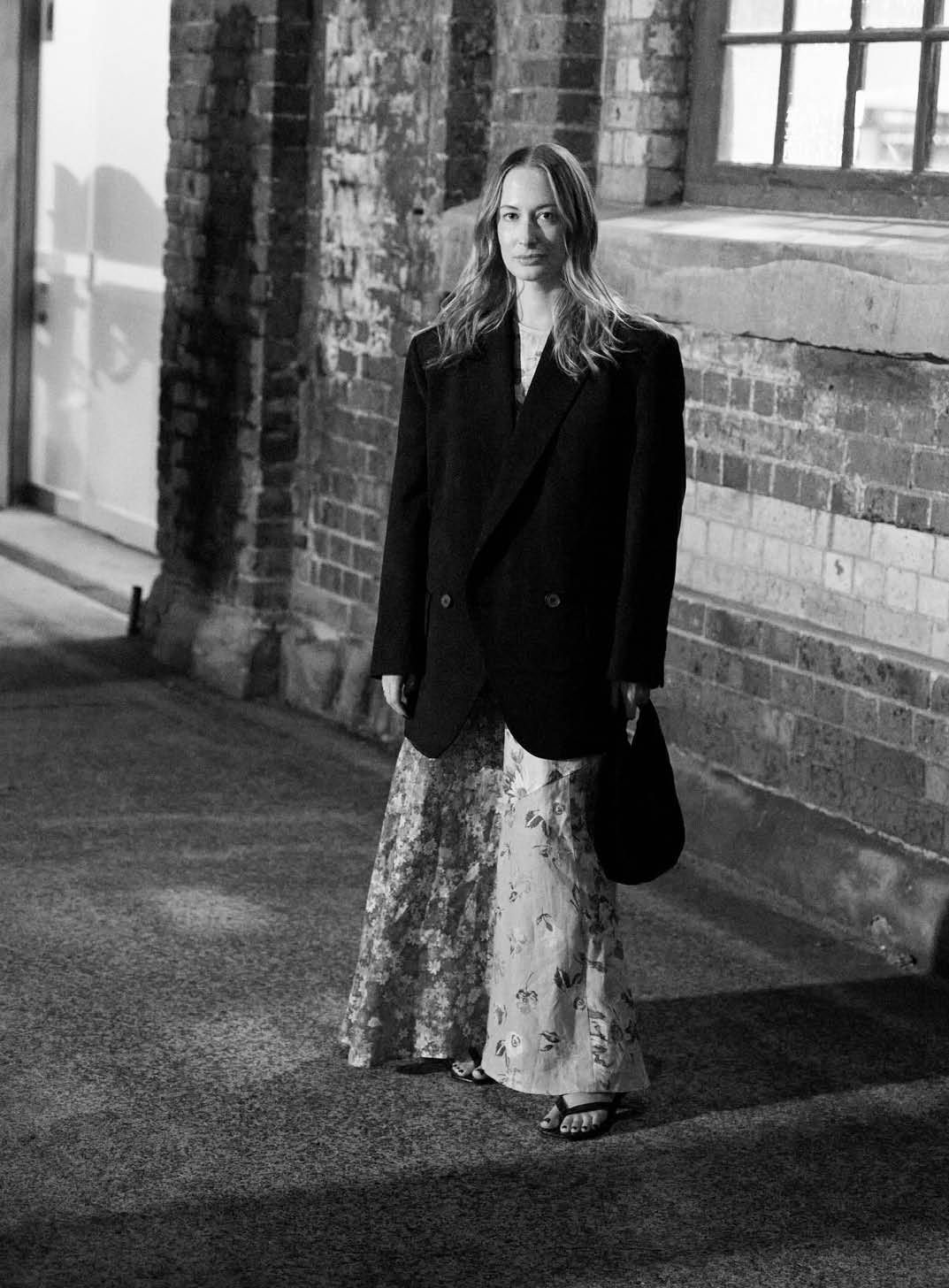
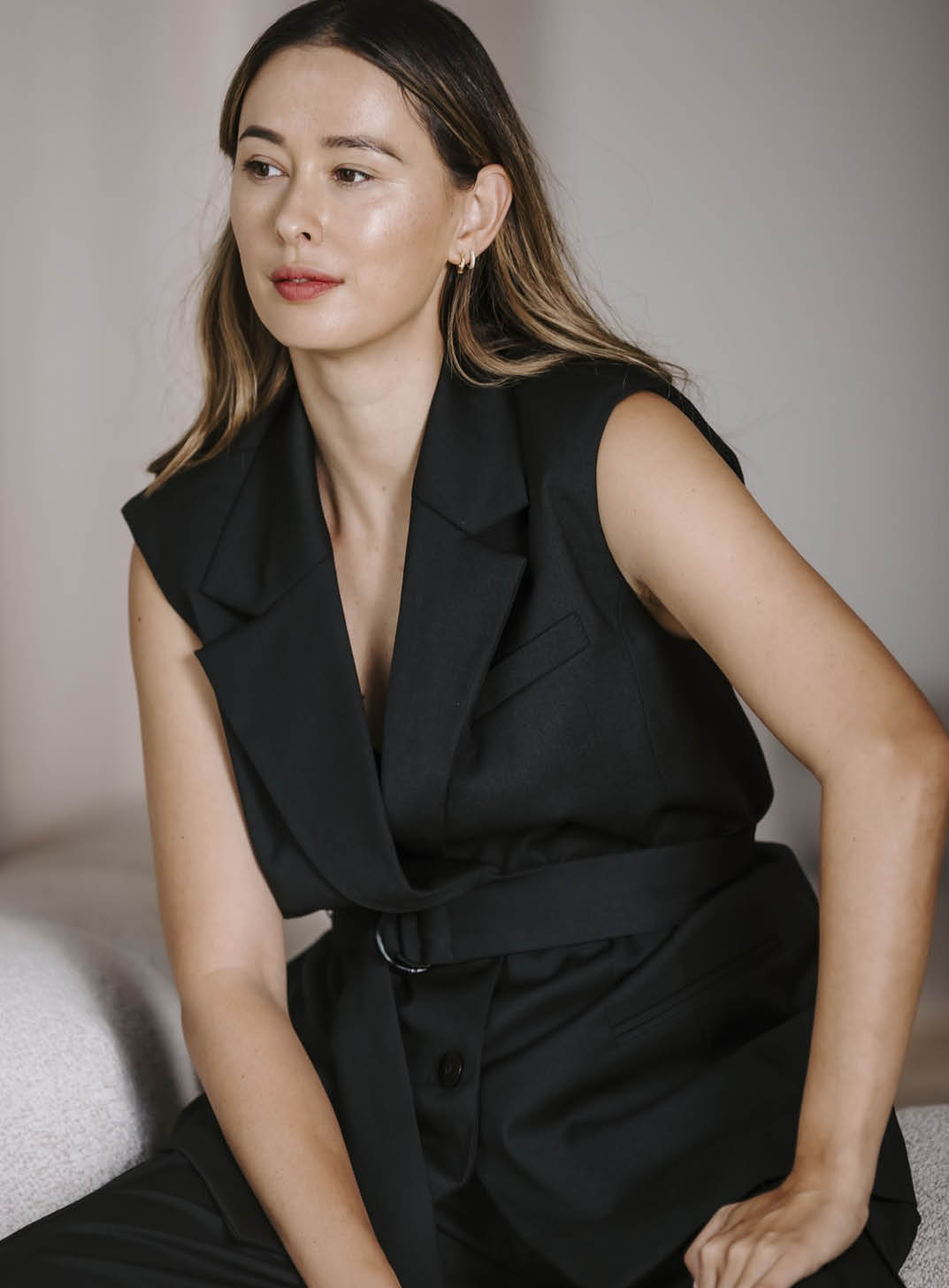
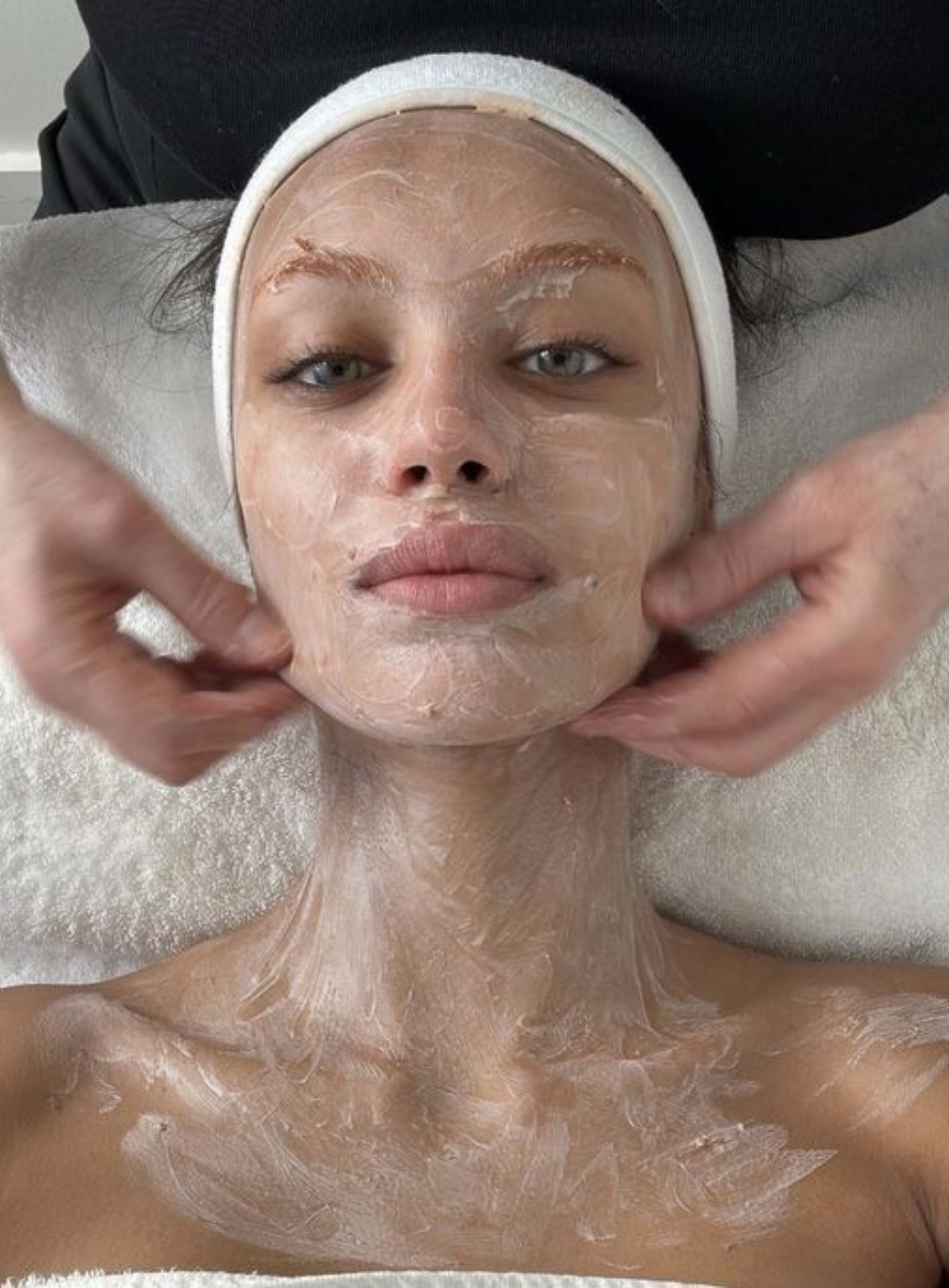

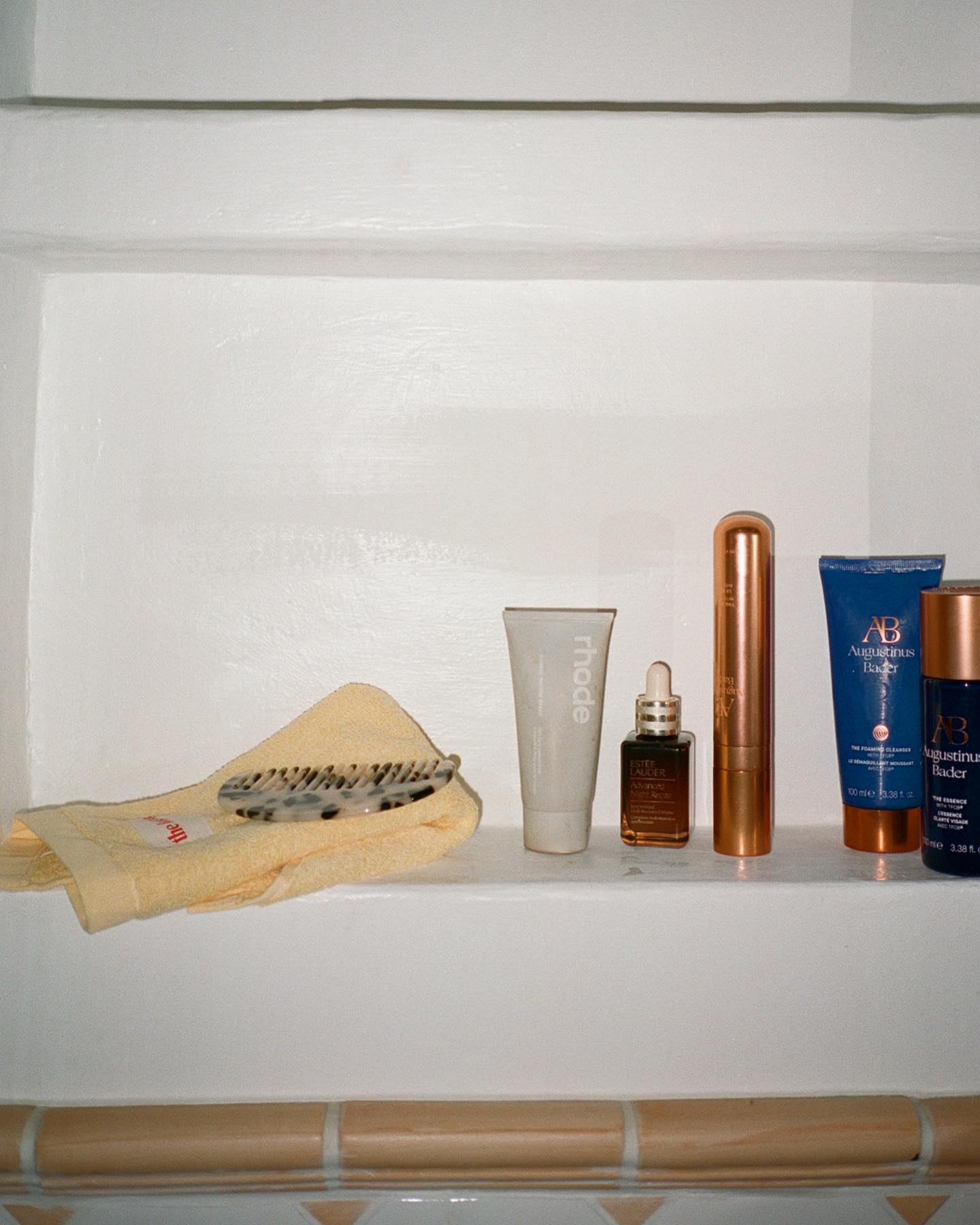
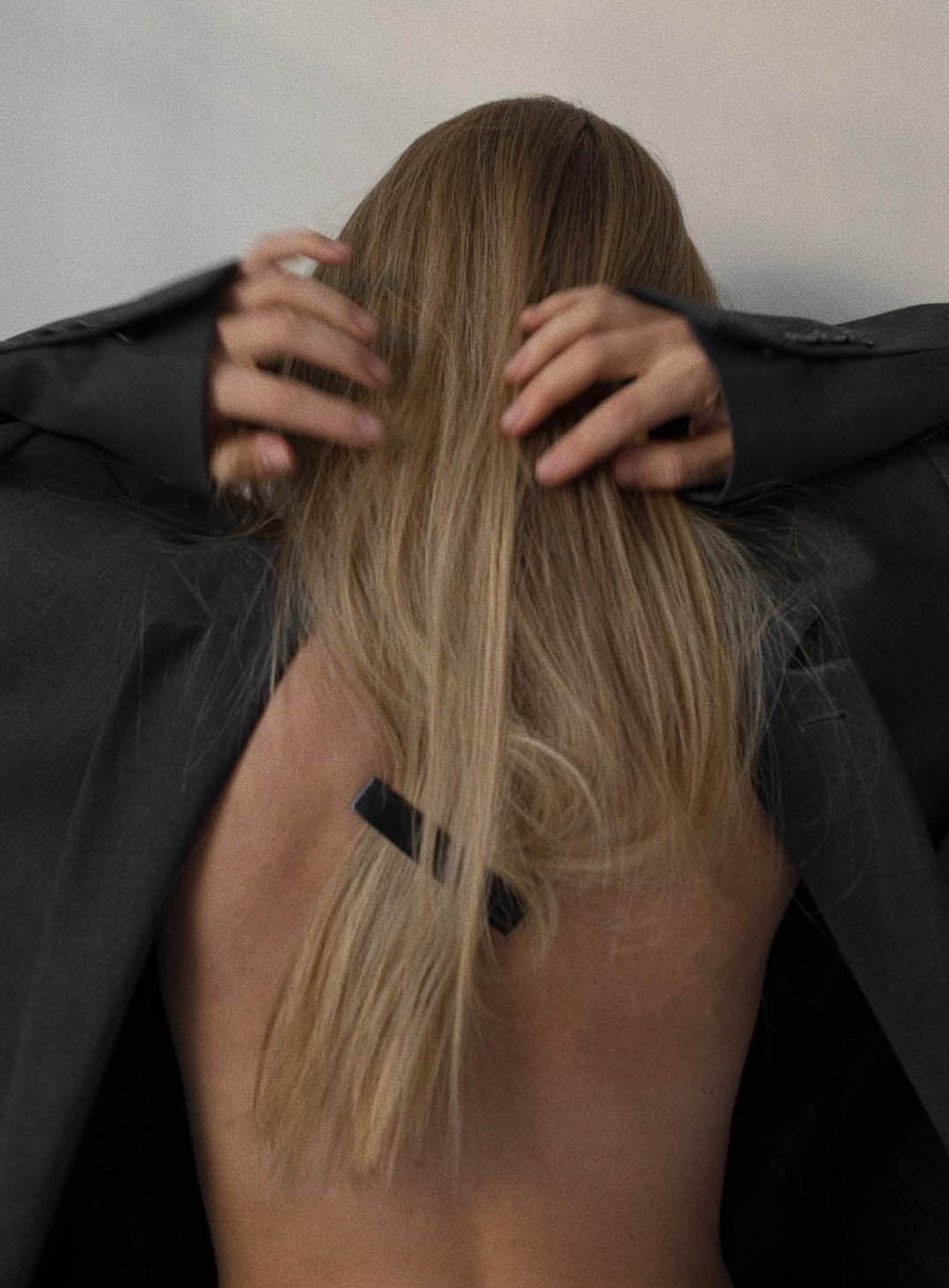

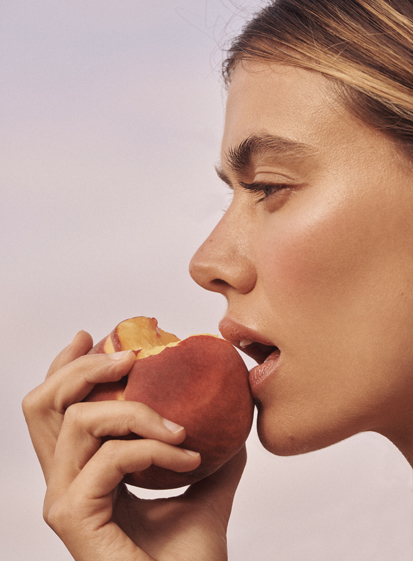
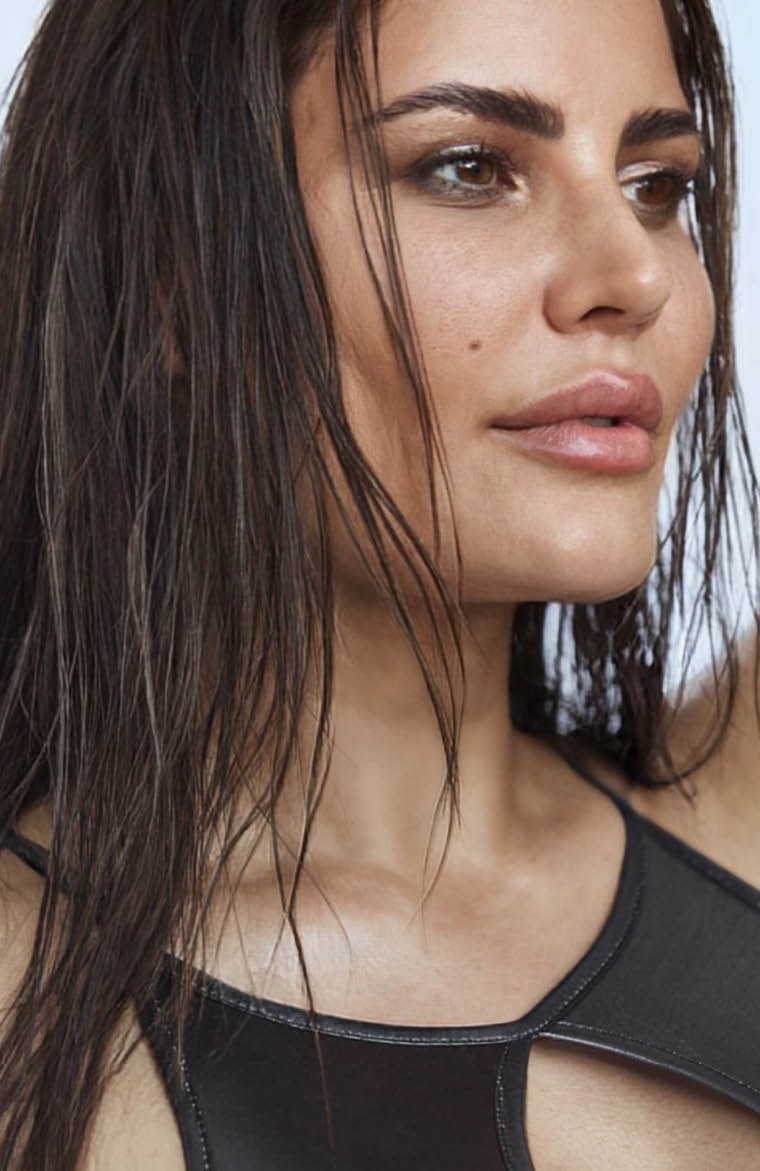
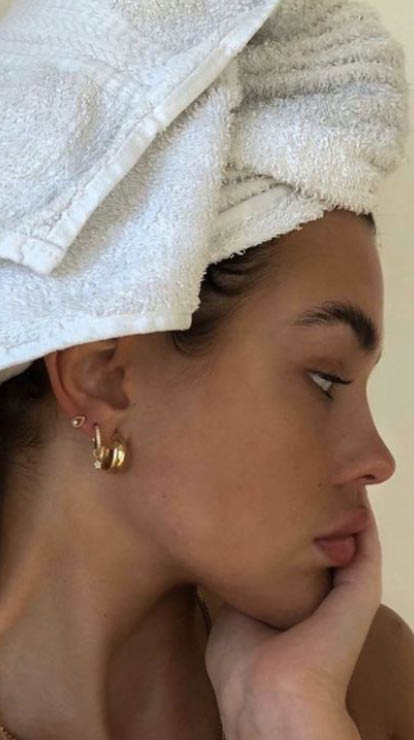
Comments